Half-Life 2 and the Art of Environmental Storytelling
Half-Life 2: A Masterclass in Environmental Storytelling
In the world of video games, storytelling is an art form that extends beyond dialogue and scripted sequences. Environmental storytelling, a technique that utilizes the game world itself as a narrative device, has emerged as a powerful method for immersing players in a story. Among the pioneers in this domain, “Half-Life 2,” developed by Valve Corporation and released in 2004, stands out as a groundbreaking example. The game leverages its richly detailed environments to tell a story that complements and enhances the primary narrative, providing players with an engaging experience that is both subtle and profound.
World-Building through Environmental Details
At the heart of Half-Life 2’s environmental storytelling is its commitment to detailed world-building. The game is set in a dystopian future, dominated by the oppressive regime of the Combine, an alien occupation force. The story unfolds in the fictional City 17 and its surrounding areas, each environment crafted to reflect the Combine’s impact on human society. From the stark architecture of the main city to the dilapidated buildings on the outskirts, every structure tells a tale of alien interference and human resistance.
The game uses architecture and spatial design to convey the oppressive atmosphere that pervades the world. Tall, looming structures dominate the skyline, serving both as symbols of the Combine’s control and as physical barriers that guide and confine the player’s movement. This architectural style, characterized by its brutalist design, mirrors the harsh, unyielding nature of the regime. The game designers meticulously placed each element, ensuring that players receive a constant, subtle reminder of the world they inhabit.
The Power of Visual Storytelling
Half-Life 2 employs visual storytelling to enrich its narrative without overtly stating textual elements. The game environments are filled with visual cues that provide context to the overarching narrative. For example, abandoned playgrounds, children’s toys strewn across empty fields, and overgrown parks tell a silent story of a disrupted society and the absence of normality. These visuals illustrate the psychological and physical effects of the Combine’s rule, allowing players to piece together the backstory organically.
The use of graffiti and propaganda posters also plays a central role in environmental storytelling. Messages scrawled on walls range from desperate pleas to messages of hope from the resistance. These elements not only enhance the mood and tone but also serve as a storytelling device that provides insight into the lives and emotions of the world’s inhabitants. The juxtaposition of official propaganda with rebellious graffiti highlights the tension and struggle within the occupied world, giving players a deeper understanding of the resistance movement and its motives.
The Silent Protagonist and Player Agency
One of the defining features of Half-Life 2 is its silent protagonist, Gordon Freeman. The choice to make Freeman silent increases the responsibility placed on environmental storytelling. Without dialogue from the main character to drive the narrative, the world itself must convey much of the story. This approach invites players to project their thoughts and emotions onto Freeman, creating a personal connection to the game’s events.
The design of the game fosters player agency by allowing exploration and discovery within the environment. Players are not spoon-fed the narrative but are encouraged to interact with the world to derive meaning and context. This can be seen in moments where deviating from the main path reveals hidden stories, such as a family that once attempted to flee the city or a makeshift hideout used by resistance fighters. These discoveries reward observant players and contribute to a richer narrative experience.
Integrating Story and Gameplay
Environmental storytelling in Half-Life 2 is not isolated from gameplay mechanics. Instead, it seamlessly integrates with puzzles, combat, and exploration. The physics-based gameplay, powered by the Source engine, is woven into the narrative environment. For instance, solving a puzzle using the gravity gun or navigating a booby-trapped area provides context to the world and its challenges, reinforcing the story through interactive means.
The game’s pacing also benefits from this integration. Moments of high tension and combat are interspersed with quieter sections that allow players to absorb environmental details. These transitions are handled with care, ensuring a balance that maintains narrative immersion while keeping the gameplay engaging. This interplay between story and mechanics exemplifies how environmental storytelling can enhance player experience by making the game world feel dynamic and alive.
Sound Design and Atmosphere
Sound design in Half-Life 2 further accentuates environmental storytelling. The game employs ambient sounds that respond to player actions and transition smoothly between different settings. In the eerie silence of a deserted neighborhood, the creaking of a distant swing or the rustling of debris serves as a reminder of the lives once lived there. Such auditory cues instill a sense of unease and anticipation, drawing players deeper into the narrative experience.
Music also plays a vital role in setting the tone and enhancing storytelling. The soundtrack, composed by Kelly Bailey, features tracks that dynamically adjust to the player’s actions and environments. Whether it’s the pulsating beats during a combat sequence or the melancholic strains in moments of solitude, the music complements the environmental cues, creating a cohesive audio-visual story that resonates emotionally with players.
The Importance of Subtlety
One of the reasons Half-Life 2 is lauded for its environmental storytelling is its use of subtlety. The game avoids overt exposition, instead laying out pieces of narrative that players must actively engage with to assemble the story. This subtlety extends to the way characters are introduced and the environments that frame their narratives. For example, the introduction of Alyx Vance is set against the backdrop of the resistance headquarters, providing insight into her role and significance without the need for lengthy exposition.
The game trusts players to draw connections and infer details from the world around them. This method fosters a deeper engagement, as players are not just passively consuming a story but are active participants in its unfolding. By engaging players’ curiosity and imagination, Half-Life 2 creates a narrative depth that persists in their memories long after the game is completed.
Legacy and Influence
Half-Life 2’s mastery of environmental storytelling has left an indelible mark on the gaming industry. Its techniques have been studied, emulated, and expanded upon by countless games since its release. Titles such as “Bioshock,” “Dark Souls,” and “The Last of Us” have incorporated and evolved the principles seen in Half-Life 2, pushing the boundaries of how games communicate stories through their world design.
The game’s influence is evident in how modern game developers prioritize environmental storytelling as an integral part of narrative design. By creating immersive worlds that resonate with players on an emotional level, developers continue to draw inspiration from Half-Life 2, cementing its legacy as a masterclass in storytelling.
Conclusion
Half-Life 2 remains a timeless example of the power of environmental storytelling. Its careful construction of world-building, integration of gameplay mechanics, and subtle narrative cues have set a benchmark for games that aim to tell stories without relying solely on dialogue. Through its environments, Half-Life 2 invites players to explore, discover, and piece together a narrative that is as engaging as it is immersive, showcasing the unique potential of video games as a storytelling medium.
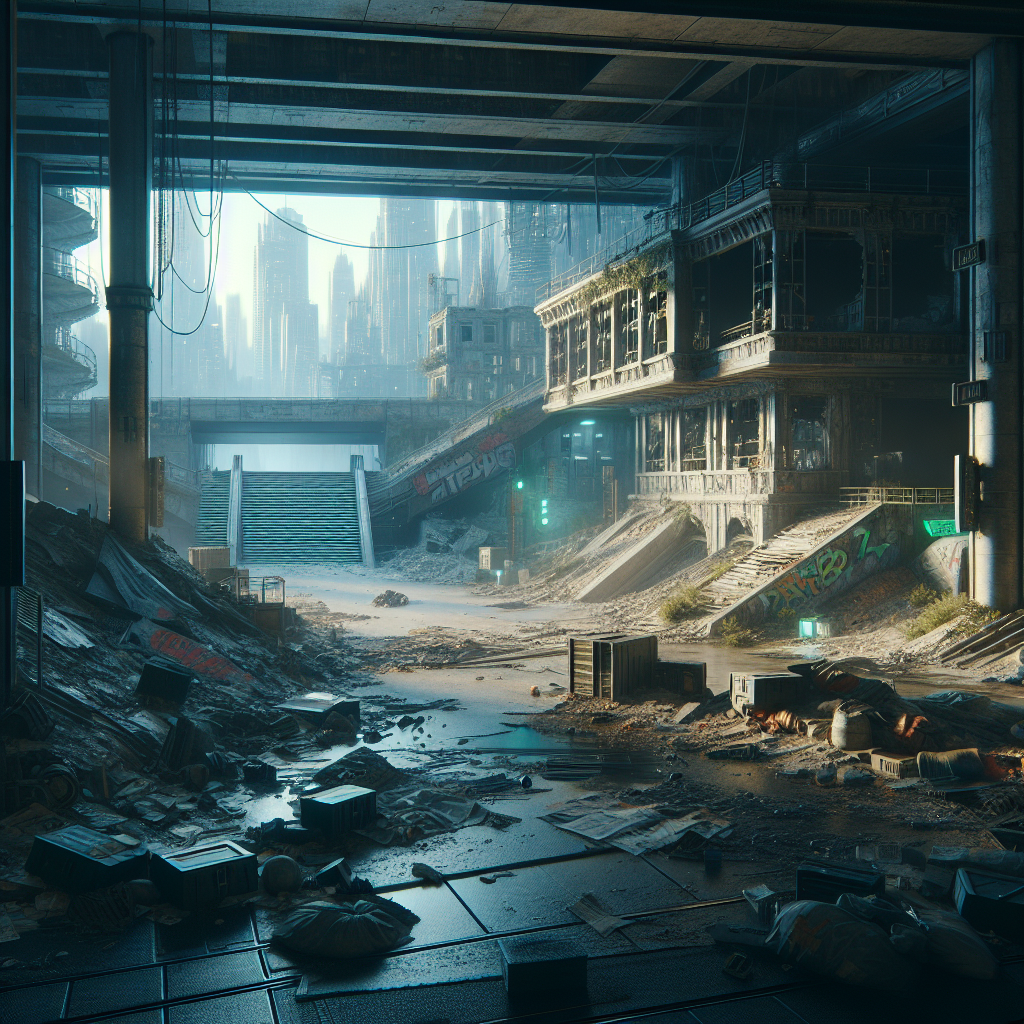
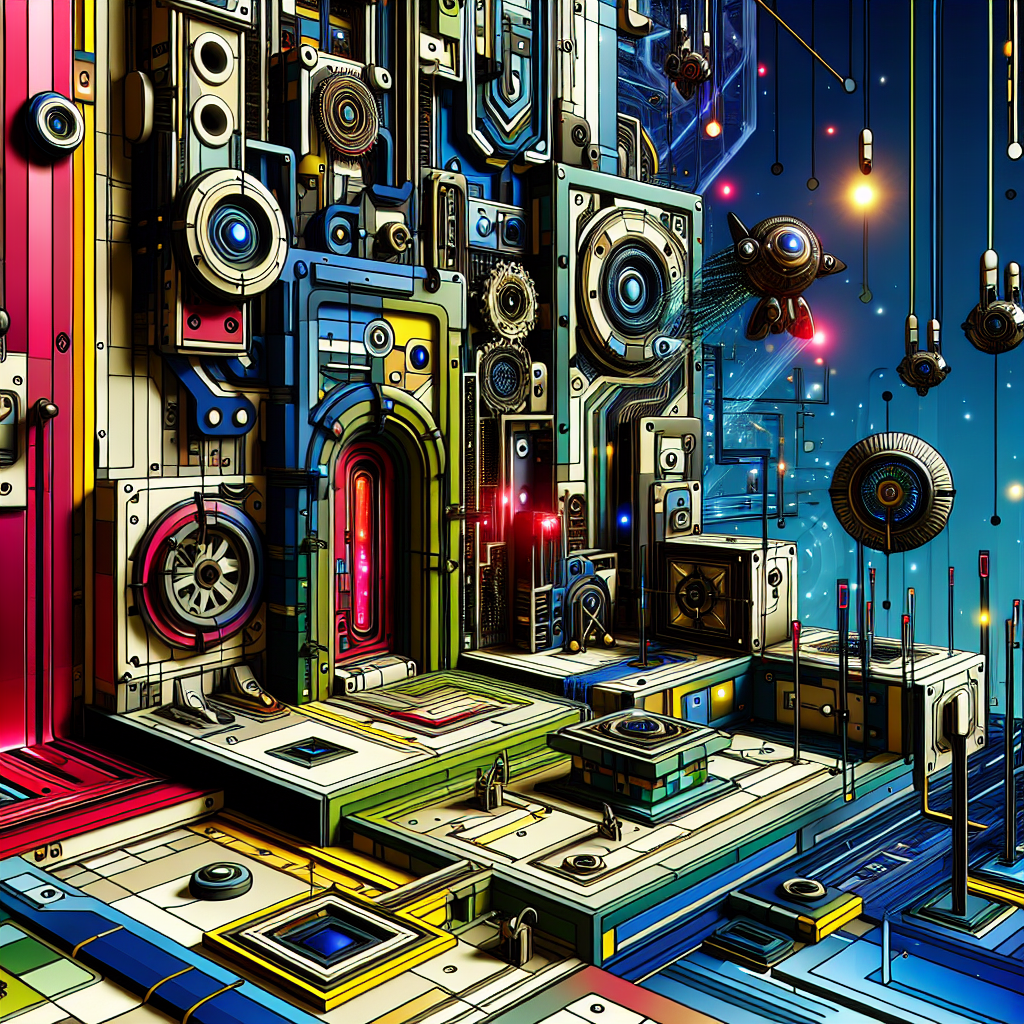
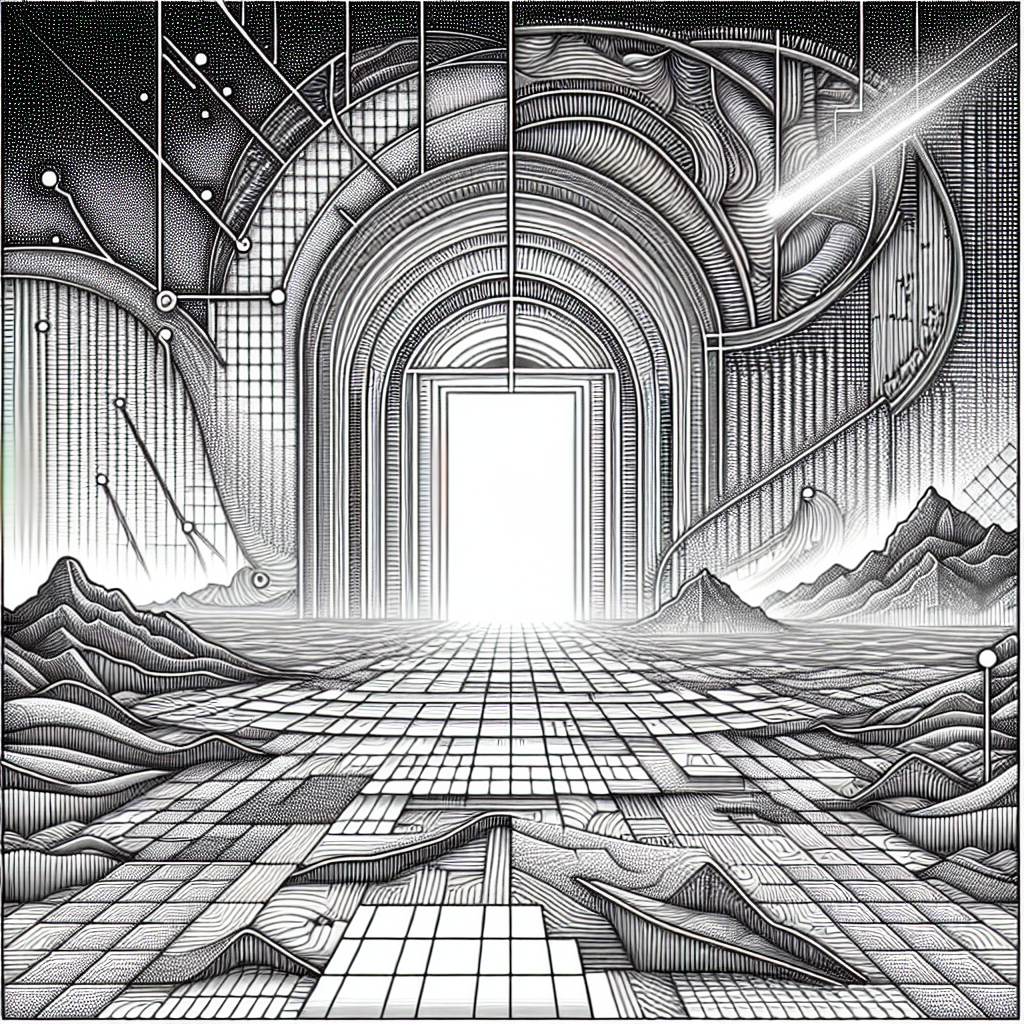

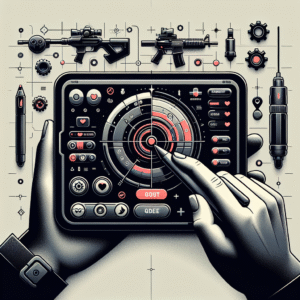
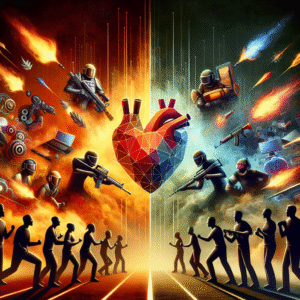



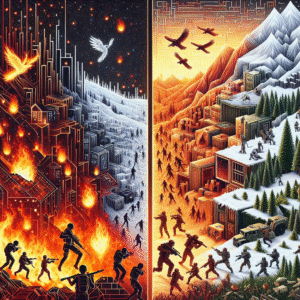
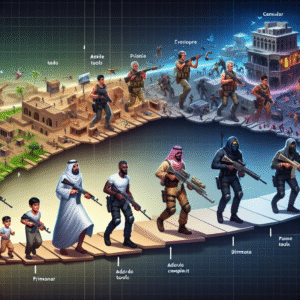
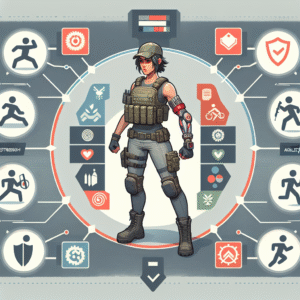

Post Comment